
-
Chapter 1
Hypospadias
Authors: -
Chapter 2
Introduction
Authors:Spectroscopy is used for spectroscopic analysis depends upon the method and might be of increasing quality. If a material to be studied is soluble, already a transparent liquid, or a thin film or a coating, the analysis frequently starts with UV- visible spectrum analysis (UV-Vis). Let’s take a closer inspect a tool present in virtually any analytical laboratory, a UV-Visible Spectrometer, that’s helpful for a wide form of applications.
-
Chapter 3
Materials and Methods
Authors:Modern spectrographic analysisstrategies comprise Nuclear Magnetic Resonance spectrographic analysis (NMR), Fourier Transform Infrared spectrographic analysis (FTIR), Mid-IR spectroscopy. Near-infrared (NIR) spectroscopy.X-ray Fluorescence spectrographic analysis (XRF), Inductively Coupled Plasma Analysis Spectroscopy (ICP), Auger Electron spectrographic analysis and several others
-
Chapter 4
Materials and Methods
Authors:Modern spectrographic analysisstrategies comprise Nuclear Magnetic Resonance spectrographic analysis (NMR), Fourier Transform Infrared spectrographic analysis (FTIR), Mid-IR spectroscopy. Near-infrared (NIR) spectroscopy.X-ray Fluorescence spectrographic analysis (XRF), Inductively Coupled Plasma Analysis Spectroscopy (ICP), Auger Electron spectrographic analysis and several others
-
Chapter 5
Introduction
Authors:The time period spectroscopy is used to describe a own family of analytical techniques, in which various frequencies (light, UV, IR, etc.) is applied to the materials to acquire spectral characteristics, or the spectra of those substances in a form of a graph. The substances spectra are obtained as a result of the unique interaction of material components with certain frequencies of electromagnetic waves (consisting of absorption or emission), so right here the word spectrum is used commonly to describe a graphic representation (intensity versus frequency) of the unique properties of the material.
-
Chapter 6
UV - VIS Spectroscopy
Authors:G.Langergraber,et al.. (2004) stated that submersible UV/VIS spectrometer was used to monitor a paper mill wastewater treatment plant. It utilizes the UV/ VIS range (200–750 nm) for simultaneous measurement of COD, filtered COD, TSS and nitrate with just a single instrument
-
Chapter 7
Introduction
Authors: -
Chapter 8
Looking For A New Planet Outside The Earth To Call Home
Authors:n its primordial times, the Earth was very hot and uninhabited for the intelligent life due to the exacerbated heat coming from of the Earth’s interior itself
-
Chapter 9
Mathematical Link Between Gravity And Electromagnetism Through Dias’ Equation
Authors:The work ennobles the man, who ends up dying an early manner. In obedience to the mass and energy conservation law, your soul as dark energy and his body as cosmic dust are in direction to black holes.
-
Chapter 10
Relativistic Gravitational Field and the Universe’s Figure of a Hyperboloid of Revolution at the Fifth Dimension
Authors:ays the mass and energy conservation law: mass and energy cannot be created nor destroyed they only can be transformed one into another.
-
Chapter 11
Potential Applications of Microalgae in Wastewater Treatments
Authors: Wenguang Zhou, Torsten SchubertAlgae are oxygen-evolving photosynthetic microorganisms and commonly grow in various
-
Chapter 12
Adsorption and Absorption of Heavy Metals by Microalgae
Authors: Li Li, Dachun Sun, Hongxin TanHeavy metal contamination of natural water due to mining and industrial activities
-
Chapter 13
CO2 Sequestration by Microalgae: Advances and Perspectives
Authors: T Chakrabarti, K Krishnamurthi, S Saravana Devi, Abhay B FulkeCarbon dioxide, a Greenhouse Gas (GHG), is the one of the principle pollutant, warming earth.
-
Chapter 14
Microalgae as the Production Platform for Carotenoids
Authors: Edith Martinez-Guerra, Veera Gnaneswar GudeMicroalgae represent a sustainable source of natural products
-
Chapter 15
Omega-3 Polyunsaturated Fatty Acids from Algae
Authors: Mala Khan, Md. Moshiur Rahman, S Zaman, Turjo Arif Jahangir, Mamudul Hasan RazuCurrently, public awareness of healthcare importance increasing.
-
Chapter 16
Microalgae as the Feedstock for Biodiesel Production
Authors: Edith Martinez-Guerra, Veera Gnaneswar GudeEscalating demands for transportation fuels combined with rapid industrialization and depletion
-
Chapter 17
Hydrogen Production by Microalgae
Authors: Sufia HenaBiological hydrogen production has been known for over a century
-
Chapter 18
Life-Cycle Assessment of Biodiesel Production from Microalgae: Energy, Greenhouse and Nutrient Balance
Authors: Amélia Delgado, João Biché DanuneThis review targets scientists, innovators, potential investors and other stakeholders interested in renewable energies
-
Chapter 19
Industrial Production of Microalgal Cell-Mass and Bioactive Constituents from Green Microalga-Botryococcus braunii
Authors: Ranga Rao A, Sarada R, Ravishankar GA, Phang SMThe world is facing lack of alternative fuels.
-
Chapter 20
Development and Prospect of Microalgal Biodiesel
Authors: Qiang WangGrowing energy demand for fossil fuels comes from worldwide economic growth
-
Chapter 21
Mass Cultivation of Phototrophic Microalgae
Authors: Peter E ZemkeCultivation systems for outdoor phototrophic cultivation of microalgae vary significantly in design
-
Chapter 22
Heterotrophic Growth of Micro Algae
Authors: Mala Khan, Rana Karmakar, Banani Das, Farah Diba , Mamudul Hasan RazuToday cultured microalgae is used as producer of food ingredients such as omega-3 fatty acids
-
Chapter 23
Genetic Engineering of Microalgae
Authors: Ying-Fang Niu, Tan Huang, Wei-Dong Yang, Jie-Sheng Liu, Hong-Ye LiIn recent years, the pollution caused by excessive utilization of fossil energy, and the decreasing storage of fossil energy
-
Chapter 24
Algae Harvesting: Challenges, Progress and Perspectives
Authors: Xuezhi ZhangAlgae harvesting remains one of the bottlenecks preventing large scale algal cultivation
-
Chapter 25
Recent Advances in Microalgal Proteomics
Authors: Michael T GuarnieriDriven by the genomics revolution, functional, post-genomic analyses
-
Chapter 26
Transformation of Chloroplasts of Chlamydomonas for the Production Of Therapeutic Proteins
Authors: Pérez España Victor Hugo, López Pérez Pablo Antonio, Teresa Romero Cortes, Peralta Gil Martín, Duran Figueroa Noé, Badillo-Corona AgustínChlamydomonas reinhardtii can be considered as a viable alternative for the production of various products of industrial interest.
Promote this Book
How to link?
Copy the following HTML and paste it in your blog post or your web page.

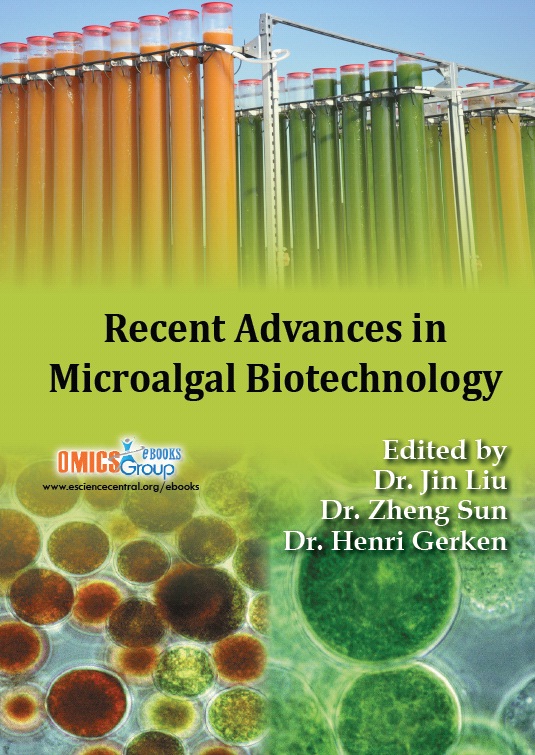
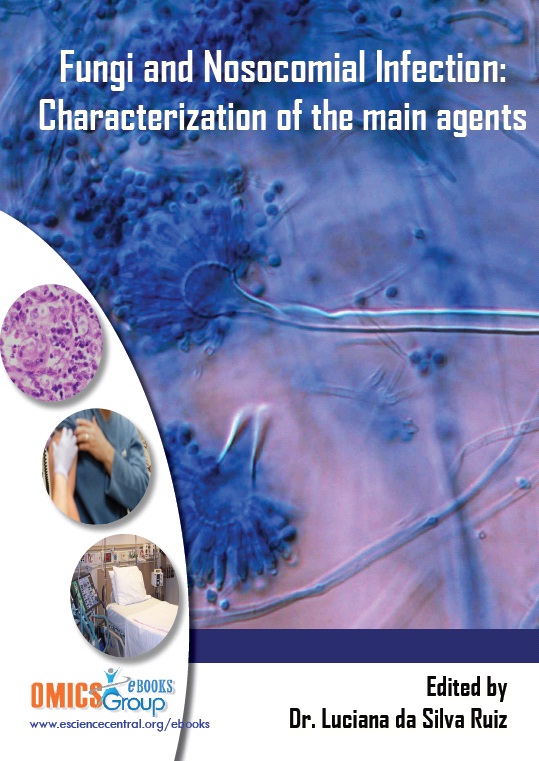
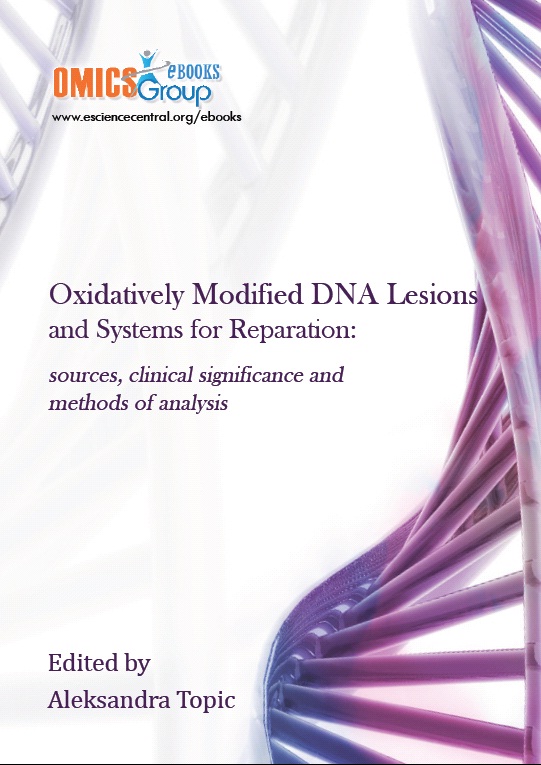
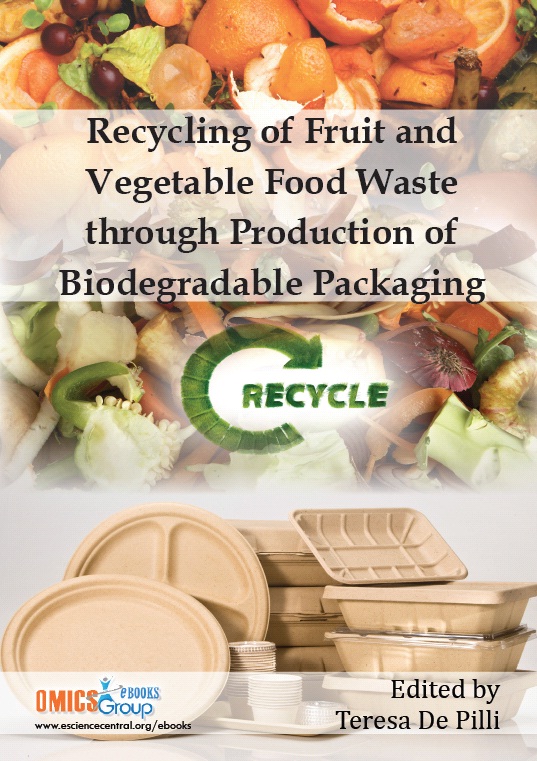

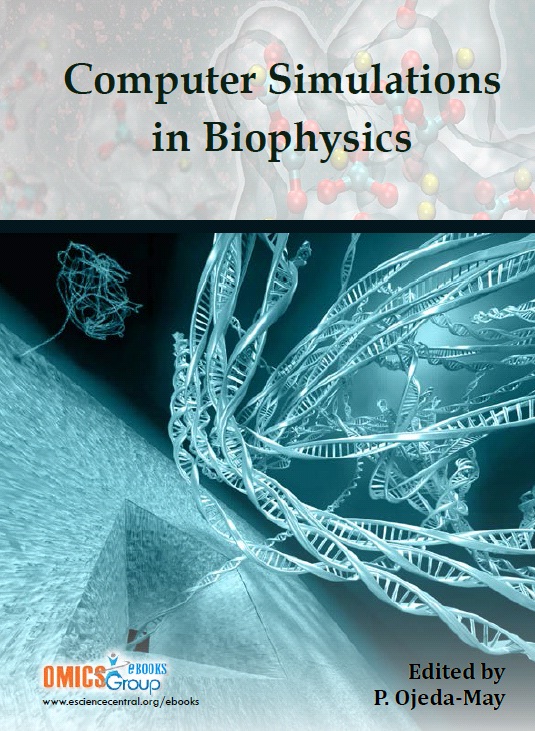

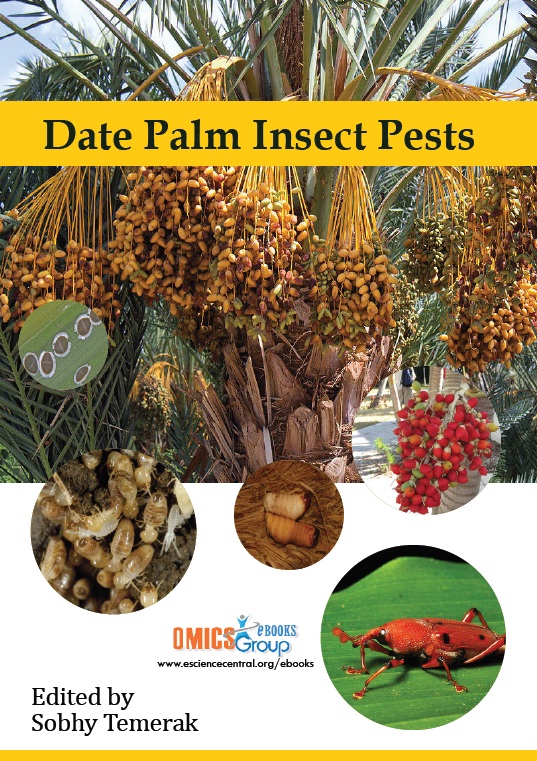


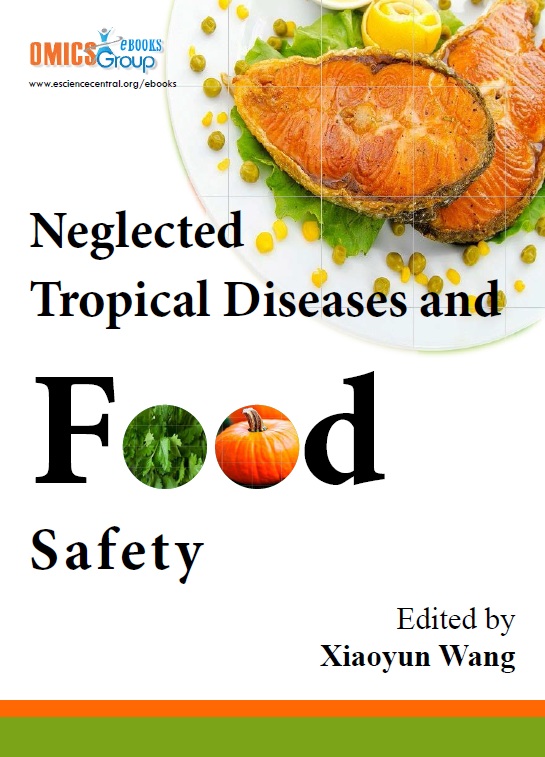
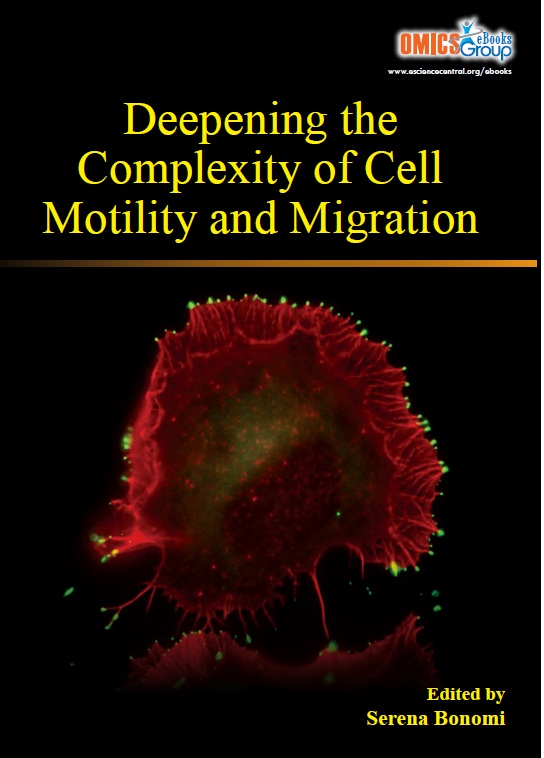

Dr. Jose Ronnie Vasconcelos
Professor, Federal University of Sao Paulo, Brazil
Dr. José Ronnie Vasconcelos working in Universidade Federal de Sao Paulo, Brazil is an expert in genetic vaccination studies against experimental T. cruzi infections and in understanding the immunological basis of the protective immunity against these protozoan parasites. His expertise will be highly useful in designing potential vaccine candidates for T. cruzi infections in the near future. The Vaccines & Vaccine Technologies eBook represents an excellent tool to subside knowledge of vaccine history, application and improvement adding ample chapters about vaccines and their development to neglected and non-neglected infectious diseases authored by young scientists around the world.
Dr. Henri Gerken
Arizona State University Polytechnic campus, Mesa, AZ, USA
Dr. Henri Gerken is a Senior Research Scientist at the Arizona Center for Algal Technology and Innovation (AzCATI) at Arizona State University, USA. Dr. Gerken received his PhD from Arizona State University in Microbiology in 2009 and completed Post Doctoral fellowships at the National Renewable Energy Laboratory in Golden Colorado and AzCATI. Research interests include cell wall compositional analysis and enzymatic digestion of industrially relevant microalgae as well as genetic engineering of microalgae for fuels and fine products.
Dr. Jin Liu
University of Maryland Center for Enviromental Science, Baltimore, MD, USA
Dr. Jin Liu is an assistant professor at Peking University and a National Youth Thousand Talents Program Fellow, China. Dr. Liu received a BSc in biology and an MSc in biochemistry and molecular biology from Sun Yat-sen University, and a PhD in algal biotechnology from The University of Hong Kong. He worked in world top laboratories on plants and microalgae over ten years. He is broadly trained and highly experienced molecular biologist and phycologist with interdisciplinary background. Particular areas of expertise include molecular biology, genetic engineering, biotechnology, transcriptomics, mass cultivation, algal physiology, algal biofuels and high-value products. He has published over 30 peerreviewed research articles on top journals of algae fields and wrote 7 book chapters. He also serves as editorial board members for several peer-reviewed journals.
Dr. Zheng Sun
Shanghai Ocean University, Shanghai, China
Dr. Zheng Sun is an Associate Professor in the College of Fisheries and Life Science at Shanghai Ocean University, China. Zheng received his M.Res. in 2006 from the University of Bath, England and Ph.D. in 2011 from the University of Hong Kong. His doctoral research was focused on algal biotechnology under the supervision of Prof. Steven Feng Chen. During 2011-13, Zheng worked as a postdoctoral researcher at Hong Kong Baptist University and City University of Hong Kong. In 2013, Dr. Sun joined Shanghai Ocean University as an Associate Professor via the fast-track promotion. Dr. Sun’s research interests include algal biochemistry, algae-derived metabolites and biorefinery of algal biomass. He has published over 20 peer-reviewed articles in top journals in the field of food, agricultural and natural resource sciences. He is also a recipient of the ‘Shanghai Pu-Jiang Talent Programme’ Award in 2013 and ‘Shanghai Young Eastern Scholar’ Award in 2015.